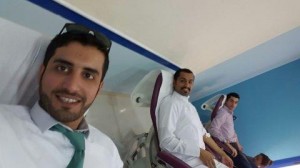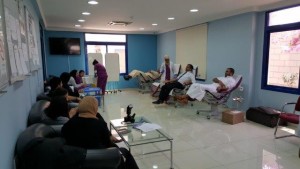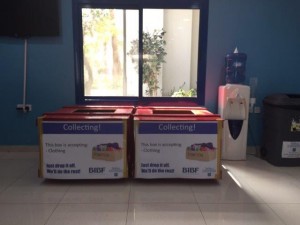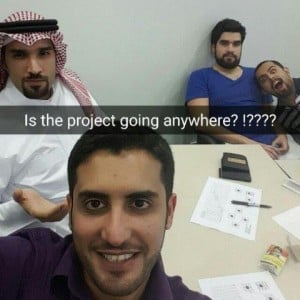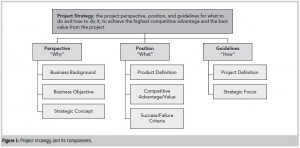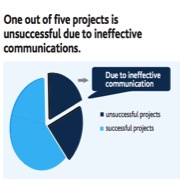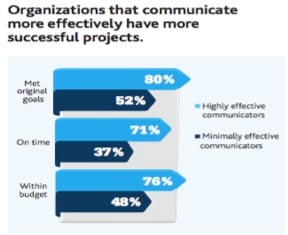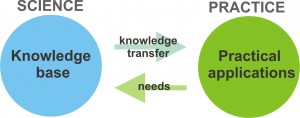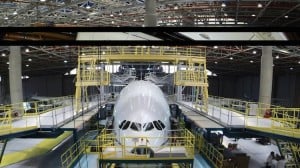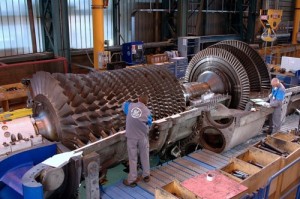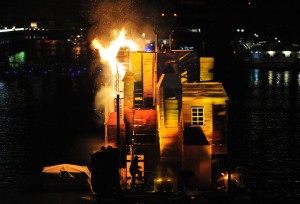The idea behind our projects was to provide unique services to the community, as the team unanimously agreed that the element of success needs not necessarily be money, but a different measure altogether. As shallow as this may sound, money as a success measure could’ve turned the whole thing into a competition between the groups, burying the very ‘soul’ behind our projects.
Project Objectives and Methodologies:
1) The blood drive aimed to create a convenient platform to bring together potential donors with a medical crew in order to support the local hospitals with blood packs. We started by contacting various hospitals to find out the procedures, terms and conditions needed to launch the event, fully knowing that it being a medical matter things will not go as smoothly as we hoped. Our contacts at the hospitals were kind enough to talk us through the requirements and pointed out the things we needed to keep in mind. We decided that it would be best if we held the event in the student lounge at the BIBF; a room large enough to be a venue and has a strategic location. The venue also allowed us to persuade spectators to participate, as we demonstrated that a measly 10 minutes of your time could save a couple -if not more- lives.
The blood drive was a complete success by all means and measures:
- Due to short notice, the hospital offered to only accept 20 blood packs within a 2 hour time frame. By the time the drive was over, 13 individuals successfully donated blood, whilst 18 were disqualified due to various reasons such as smoking, alcohol, low blood pressure, and other blood related sicknesses. This brought us to a total of 31 participants.
- Individuals that were not able to donate blood due to various reasons had the opportunity to have a quick medical checkup and consultation on their individual conditions.
- The hospital congratulated us on a successful blood drive given the size of the venue and the very little time we had for arrangements.
- Another prevailing success was gained by raising awareness of the importance of checking your blood for diabetes or other diseases caught by blood tests, something that a lot of people underestimate.
2) Our second venture was to support labor camps; to supply and shed light on the difficult situations that the migrant workers live in, a hardship that remains fairly unknown to a huge number of citizens.
This project consisted of the collection of clothes, dry and canned foods (such as lentils, rice, and beans) and toiletries to migrant worker labor camps. Most of these camps are deprived of the very basic necessities that we take for granted. We placed a number of boxes in BIBF to collect the abovementioned items from the staff and students, which we in turn distributed to the labor camps that were among the worst in the country. We decided on splitting the group into two as it was best that a couple of members did the collecting while the other half was in charge of sorting out the items and managing distribution.
Supplying the migrant workers was also a success given that:
- To our delight we were surprised with the amount collected: 4 boxes full of supplies. The boxes overflowed and donors had to use plastic bags and stash them next to the boxes.
- We initially coordinated with the Migrant Workers Protection Society to visit 2 sites. We ended up visiting 3 labor camp sites that the society mentioned needed the most help.
- Communicating with the migrant workers was hard as most don’t speak a single word of Arabic or English, but the happiness in their eyes spoke louder than any word could that day.
Advice for future teams doing similar projects:
- Be sure to get the proper procedures, approvals and confirmations in time. Establishments such as hospitals are unpredictable and have certain terms and conditions that need to be met.
- When it comes to lengthy procedures, do not make assumptions and always pursue facts and written communications. Do not hesitate to take brave decisions to save the situation by triggering contingency plans.
- Choose a convenient location that everyone passes by. We had a healthy number of onlookers who donated on a whim because the event caught their attention.
Lessons learned about managing projects:
- Communication: Projects give individuals the opportunity to share and discuss ideas without a bias outlook since you all share a common goal. Although each individual has a different personality, effective communication creates solidarity which is key for any project’s success.
- Coordination: Assign each individual to a task he excels at, or at the very least comfortable with. Forcing roles on team members creates bottlenecks as the individual struggles to pull his weight. Therefore it’s best to coordinate accordingly; after all, a chain is only as strong as its weakest link.
- Plan, plan and plan! No amount of planning is excessive. Exhaust all your options and weigh your pros and cons. Use your planning phase to assess your risks, to have a clear and concise action blueprint, and to come up with contingency plans. If plan A doesn’t work, don’t fret, the alphabet has 25 more letters!
Bonus Tip: Have fun!
Fawaz Alabdulla – Ahmed Jahromi – Ahmed Buhejji – Hisham Engineer – Mohamed Alkhalifa.
